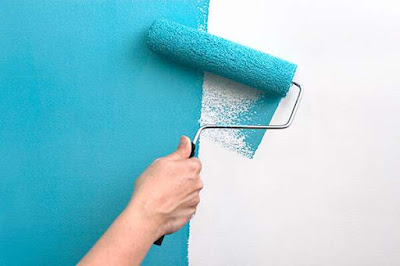Methylene chloride, one of the most dangerous solvents ever developed, is the subject of a recently released EPA draft risk evaluation. Here are just a few summary points discovered:
- Four out of 16 recycling and disposal facilities had releases of methylene chloride to surface water that indicate risk to aquatic organisms.
- For acute inhalation exposures there are medium and high intensity risks for consumers and bystanders.
- Acute toxic effects (i.e., central nervous system (CNS) depression) may persist for hours after exposure because of continued metabolism of methylene chloride released from tissue storage.
- Methylene chloride has been detected in human breast milk thus, infants may be exposed to methylene chloride through maternal exposures.
The draft identifies 70 uses of methylene chloride, both commercial and consumer, and assigns a risk to each. For the large majority of identified uses, the Agency indicated an unreasonable risk.
Evaluation Process
The draft risk evaluation is not a final agency action. Instead, it represents the EPA’s initial review of the scientific data on methylene chloride and will be peer reviewed by independent scientific experts as well as open to at least one round of public comment.The EPA says it will use feedback received from the peer review and public comments to inform the final risk evaluation and will provide updates on this process. If the EPA’s final risk evaluation finds there are adverse health risks associated with methylene chloride under any of the specific conditions of use, the Agency will propose actions to address those risks. Actions could include proposing regulations to prohibit or limit the manufacture, processing, distribution in the marketplace, use, or disposal of the chemical.
Ban on Consumer Strippers
In March 2019, the EPA issued a final rule that banned the manufacture, processing, and distribution in commerce of methylene chloride for consumer paint and coating removal. The prohibition included the distribution of methylene chloride to and by retailers.The EPA was under considerable pressure to ban the use of methylene chloride in paint and coating stripper products given an alarming number of deaths resulting from noncommercial applications as well as commercial uses. The rule specifies: “After November 22, 2019, all persons are prohibited from manufacturing, processing and distributing in commerce methylene chloride for consumer paint and coating removal.”
The EPA will accept comments on the methylene chloride draft risk evaluation until December 30, 2019.
Safe Alternative Strippers
With the ban on consumer strippers quickly approaching retailers have already preemptively removed methylene chloride based strippers from their shelves. The number one recommended safe alternative for paint and coating stripping is Max Strip. Max Strip removal products beat the competition in price, performance and most importantly innovative formulations.Max Strip formulas are water based and 100% biodegradable. They do not absorb through the skin and have a low VOC rating with no need to ventilate during indoor use. Here are few benefits to using Max Strip:
- Environmentally stable
- Gentile on your skin
- Easy to use, and it works
- Responsibly sourced
- No ventilation needed
- Cleans up with just water
- Safe to dispose in regular household garbage
- Safe to use on most substrates
- Competitively priced
For more info on Max Strip products, detailed removal info, and where to buy visit MAXstrip.com today!



















